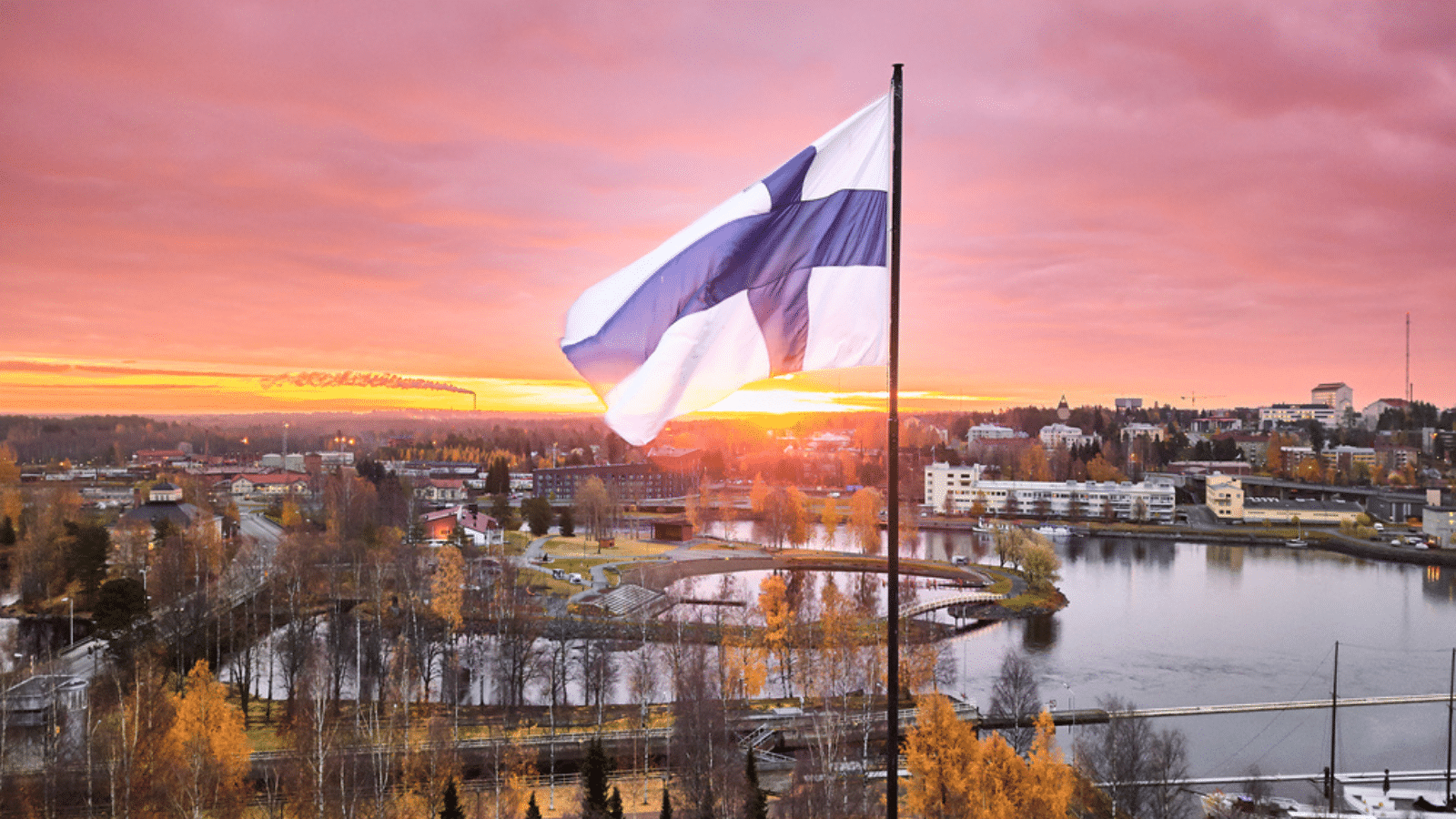In this day and age, it is not uncommon to see countries that are atheist. Factors contributing to these vary with examples such as cultural, political, and educational influences, all of which will be touched upon. Here are 15 of the most atheist countries around the world.
China: A Secular Stance by Tradition

In China, atheism is widespread, mainly due to the secular nature of the Communist government and traditional Chinese philosophies like Confucianism and Taoism that focus more on moral ethics and harmony than on theism. The Chinese government’s policies, emphasizing scientific and materialist views, further reinforce the prevalence of atheism.
Japan: Cultural Religiosity and Secular Mindset

Japan presents a unique case where traditional religions like Shinto and Buddhism coexist with a largely secular population. Many Japanese people participate in religious rituals more for cultural reasons than out of devout belief, leading to a high percentage of the population identifying as non-believers or atheists.
Czech Republic: A Shift from Religious to Secular

The Czech Republic has one of the highest proportions of atheists in Europe, a shift that can be attributed to the historical influence of Communist rule and a growing trend of secularism in European societies. The country’s strong emphasis on secular education and public life has nurtured an environment where atheism or agnosticism is common.
France: Laïcité and the Atheist Outlook

France’s approach to secularism, known as “laïcité”, separates church and state affairs distinctly, fostering an environment where atheism is quite common. French society’s emphasis on secularism has deep historical roots, stemming from the French Revolution and further reinforced by modern legislative acts.
Australia: The Rise of Non-religious Identity

In Australia, there has been a notable rise in the number of people identifying as non-religious or atheist. This trend reflects broader global patterns of secularization and is influenced by Australia’s multicultural, diverse society and a strong emphasis on secular education.
United Kingdom: Secularization in a Historically Religious Society

The United Kingdom, despite its Christian heritage, has seen a significant rise in atheism. This shift can be linked to cultural changes, the increasing diversity of beliefs, and a broader acceptance of secular viewpoints in public life.
Germany: Post-Reunification Changes in Belief

After reunification, Germany has witnessed a noticeable divergence in religious beliefs between the formerly East (more atheistic) and West (more religious) regions. This disparity underscores the impact of the East’s Communist past and the overall trend toward secularization in modern German society.
Netherlands: Progressive Policies and Secularization

In the Netherlands, progressive social policies and a highly liberal society have paved the way for a significant atheist or non-religious population. Dutch society’s focus on individual freedom and tolerance has contributed to a more secular national mindset.
Canada: Multiculturalism and Religious Diversity

Canada’s firm policy of multiculturalism and a broad spectrum of religious beliefs have created an environment where atheism and secularism are on the rise. The Canadian emphasis on inclusive diversity allows for a wide range of religious and non-religious beliefs to coexist.
South Korea: Rapid Modernization and Religious Decline

In South Korea, rapid modernization and Western influence have led to a decline in traditional religious beliefs, resulting in a growing number of atheists. This change reflects the broader trend of modernization and secularization in East Asian societies.
Sweden: A Secular Nation in Scandinavia

Sweden exemplifies the Scandinavian trend of high levels of secularism and atheism. The Swedish government’s secular policies, combined with a strong welfare state, diminish the traditional role of religion in providing social services, leading to a more secular populace.
Norway: The Diminishing Role of Religion

Like its Scandinavian neighbors, Norway has many atheists, influenced by the country’s progressive social policies and a strong emphasis on secular education and government.
Denmark: Cultural Religion and Secular Beliefs

Like other Scandinavian countries, Denmark has a high prevalence of atheism. The Danish approach to religion is often cultural rather than devout, with many participating in religious traditions for their cultural value rather than out of belief.
Finland: The Quiet Growth of Secularism

Finland, while having a state church, has seen a quiet but steady growth in atheism and secularism. This shift is partly due to the country’s strong education system and a cultural inclination towards personal privacy in matters of faith.
Iceland: A Strong Secular Identity

With its small population, Iceland has a remarkably high percentage of atheists. The country’s secular identity is bolstered by its progressive policies, high educational standards, and a general cultural shift away from traditional religious beliefs.
21 Things That Shout You’re “Lower Class” According To Men

Class wars creep up in all aspects of life, including dating. We take a look at the things that men believe are telltale signs that you are lower class.
21 Things That Shout You’re “Lower Class” According To Men
Boomer Zoomers vs. Millennial Meh: 10 Cars the Older Gen Loves but Millennials Just Can’t Stand

The change in the automotive industry has been incredible over the year. Baby boomers born between 1946 and 1964 can’t get enough of the cars listed below, as muscle cars emerged in the 1960s, and new technologies appeared in the 1970s and 1980s. You can imagine why boomers genuinely appreciate these vehicles.
Boomer Zoomers vs. Millennial Meh: 10 Cars the Older Gen Loves but Millennials Just Can’t Stand
Across the Pond Disdain: 18 Horrendous American Habits Foreigners Just Can’t Stomach

There is a lot to love about America, from the bright lights of New York to the incredible breakfasts, but foreigners also dislike many things. We look at everything from poor public transport to an intimidating tip culture, sharing 18 things that America could be better at.
Across the Pond Disdain: 18 Horrendous American Habits Foreigners Just Can’t Stomach
Out with the Old: 18 Gen X Fads That Millennials and Gen Z Just Can’t Vibe With

While some old habits die hard, there are some things that Gen X need to eliminate as they are no longer relevant.
Out with the Old: 18 Gen X Fads That Millennials and Gen Z Just Can’t Vibe With
18 Unpleasant States You Might Want to Skip on Your Next Trip

When thinking of America, we don’t expect there to be boring or unpleasant places to visit. We see all the different states on the TV, and they show the best parts. However, there are some states you won’t want to visit, and you should brace yourselves if you ever happen to stumble into them.
18 Unpleasant States You Might Want to Skip on Your Next Trip






